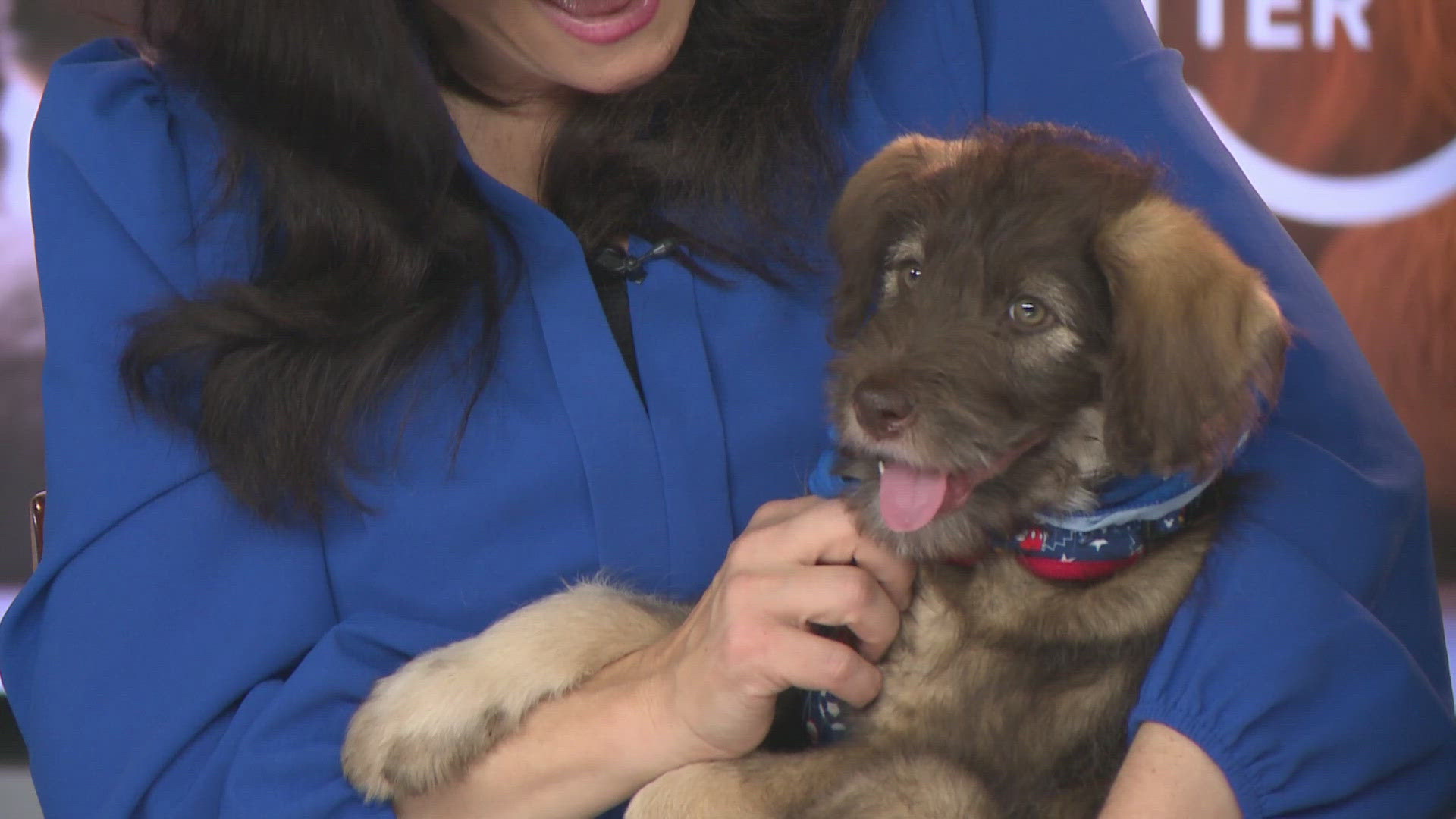SPOKANE, Wash. — Temperatures across the Inland Northwest remain steady, but they will drop in the coming weeks. According to veterinarians, the impact of cold temperatures on pets has become a growing, critical issue.
“Most of us take sensible actions over the winter to look after ourselves, but we also need to think about how to keep our pets safe,” said Veterinary Surgeon Dr. Rebecca MacMillan. “The chilly weather can be enjoyed safely with our furry companions as long as you take a few simple precautions.”
Know your dog’s cold temperature threshold. Research shows medium to large dogs can typically handle 30-minute walks in temperatures above 20°F. However, smaller breeds should be limited to 15-20 minutes when temperatures fall below 32°F. Breeds like dachshunds, pugs, and Yorkshire terriers need extra protection, while thick-coated breeds such as German shepherds and huskies can handle colder conditions.
Watch for subtle warning signs.
- Shaking or shivering: Don't assume this is normal winter behavior.
- Walking stiffly or lifting paws: This could indicate painful ice between paw pads.
- Hunched posture with tucked tail: This may be a sign that your dog is trying to preserve body heat.
- Whining or barking unnecessarily: Your dog may be trying to communicate discomfort.
Plan walks during the warmest part of the day, typically between 11 a.m. and 2 p.m. Break up exercise into shorter, more frequent walks rather than one long exposure to cold conditions. This allows both you and your dog to warm up between outings while maintaining necessary daily exercise.
Take extra precautions for at-risk dogs, including:
- Senior dogs and puppies: Limit outdoor time to quick toilet breaks in severe weather.
- Dogs with health conditions: Arthritis can worsen in cold weather, so consider indoor exercise alternatives.
- Small breeds: Invest in a well-fitted winter coat for additional warmth.
- Short-haired dogs: Consider protective boots for icy conditions and to prevent salt grit irritation.



